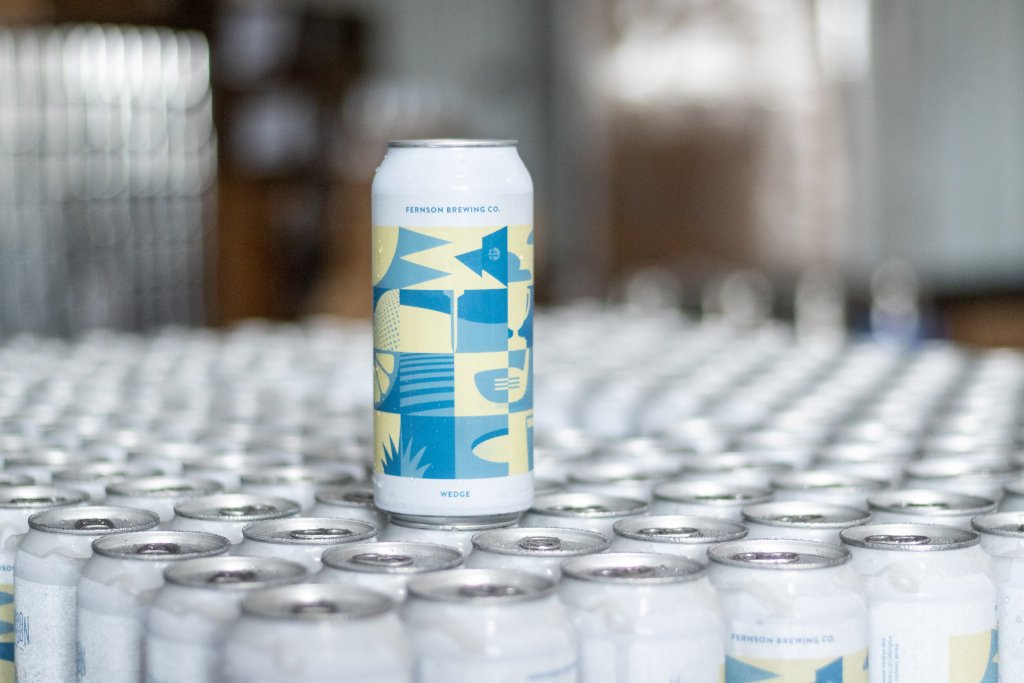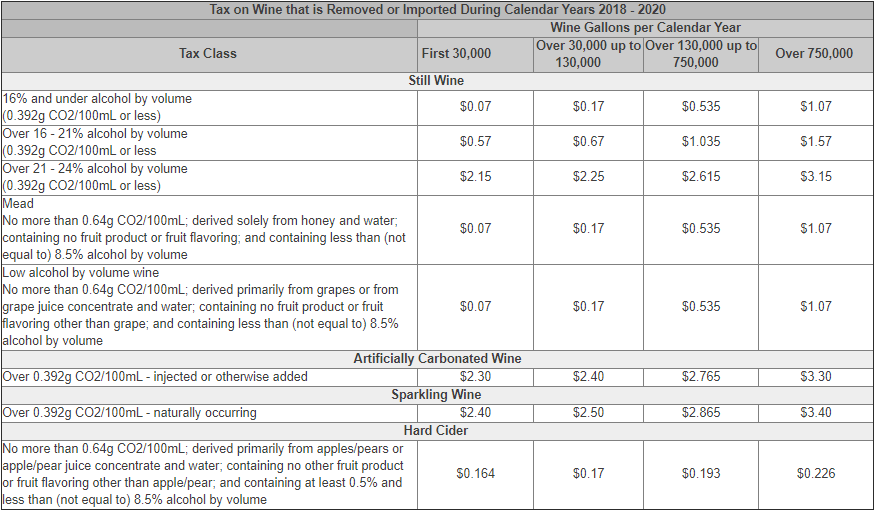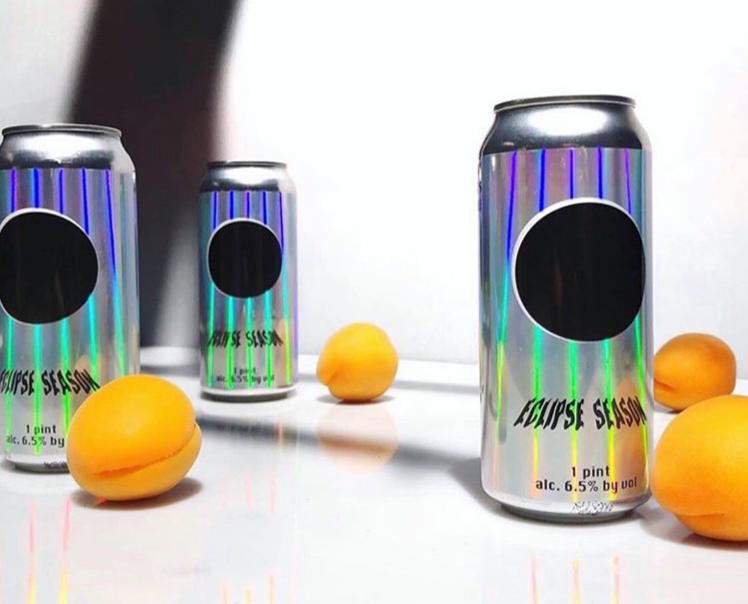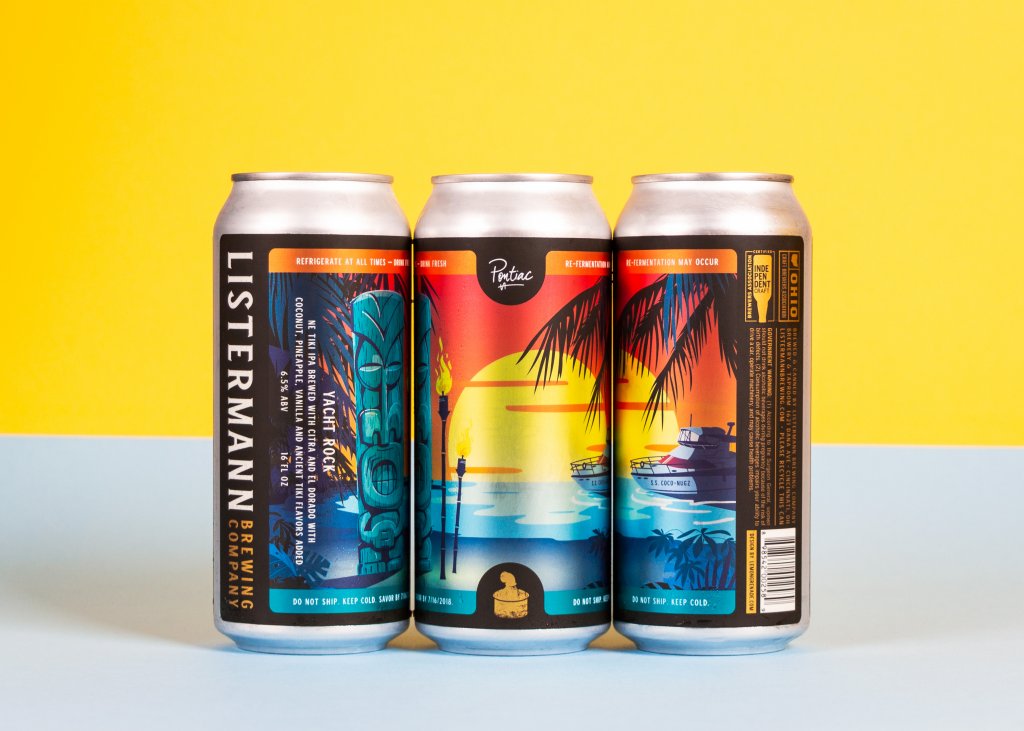Over time, alcohol regulations are bound to change. That’s why it’s critical to keep up to date with new changes to alcohol labeling laws, such as the latest final rule from the Alcohol and Tobacco Tax and Trade Bureau (TTB).
After more than a year of deliberation, the Alcohol and Tobacco Tax and Trade Bureau (TTB) published its changes to alcohol labeling requirements and advertising regulations in April of 2020. The TTB weighed several ideas from the 2018 Proposal, accepting several recommendations after reviewing comments from industry members and the public.
TTB Final Rule: What Changed?
In general, the new TTB label requirements and alcohol regulations aim to modernize labeling and advertising regulations. These changes are designed to streamline processes and provide extra flexibility for alcoholic products. The resulting final rule documents several regulatory changes and even discusses proposals that weren’t adopted.
In short, it’s a long read. The changes range from notable updates to minor tweaks that may not affect the majority of alcohol labels. To help, we broke down some of the changes for alcohol label requirements that can have a direct impact on the way you label alcoholic products.
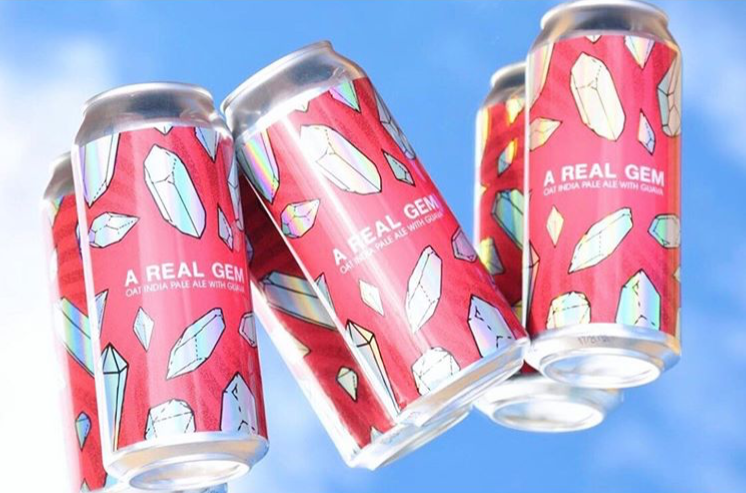
Mandatory label information placement for distilled spirits
Before the final rule went into effect, distilled spirits were required to list mandatory information on a “brand label,” also known as the principal display panel. This term applied to the label that is “most likely to be displayed, presented, shown, or examined under normal retail display conditions” per TTB guidelines. This mandatory information includes:
- Brand name
- Class and type of distilled spirit
- Alcohol content
- Net contents (for containers that do not meet a standard of fill)
In the new final rule, the TTB gave distillers more freedom in terms of mandatory information placement. You can now include mandatory information anywhere on a distilled spirit container. The only catch is that all the mandatory information must be placed in the same field of vision, which can differ depending on bottle shape:
- A single side of a container for containers with flat sides
- 40 percent of the circumference for cylindrical containers
Standard of identity for vodka
Congratulations, vodka makers. The TTB no longer requires vodka to be “without distinctive character, aroma, taste, or color.” As such, you may now feel comfortable classifying your products as vodka even if your product features some different base ingredients, flavors, or flavor profiles that previously landed you in trouble with the TTB.
Recognition of mezcal and addition of agave spirits class
In the past, the TTB only provided a standard for tequila. The final rule institutes a brand-new class called “agave spirits.” This new class contains two different types of spirits: the aforementioned “Tequila” and the addition of “mezcal.” By definition, the fermented mash for agave spirits should meet the following criteria:
- At least 51 percent of the mash is derived from plant species in the genus Agave.
- Up to 49 percent of the mash is derived from sugar.
- The spirit is distilled at less than 95 percent alcohol by volume and bottled at or above 40 percent alcohol by volume.
The exciting part of this rule is that the TTB now lists mezcal as an official type of alcohol. Accordingly, agave spirits are an official class that includes mezcal and tequila. These changes now allow distilleries to label their products appropriately. The TTB also notes that labels previously approved as “spirits distilled from agave” can designate their products as “agave spirits” if they choose.
Country of origin labeling
The TTB took steps to defer to the U.S. Customs and Border Protection (CBP) for rules on country of origin labeling. In the past, the TTB required a country of origin statement on distilled spirits labels, but not for imported wine or malt beverages. The final rule followed CBP regulations that all imported alcoholic beverages should display their country of origin. As such, make sure to add those statements for any imported wines or malt beverages in the future.
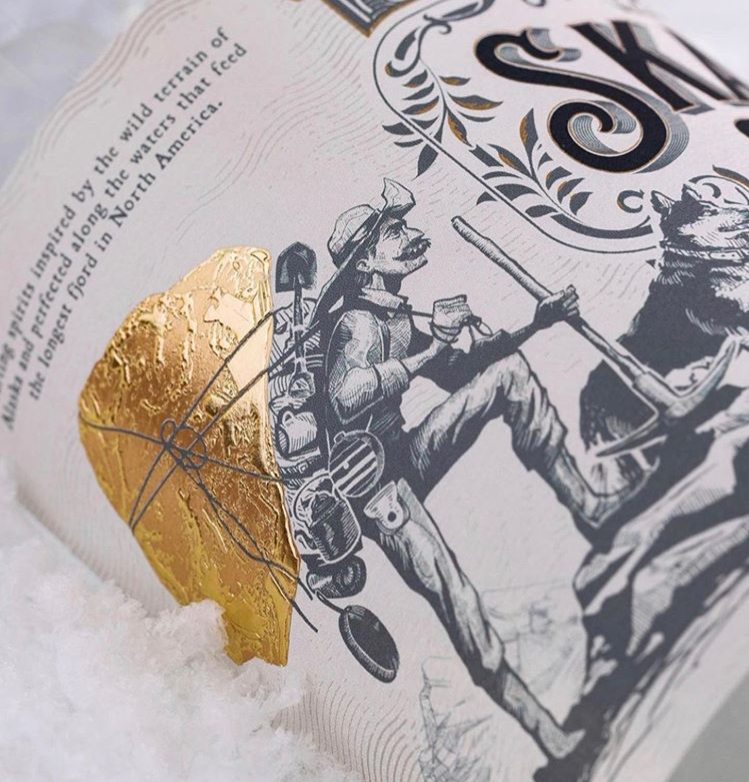
New definition and approval process for personalized labels
With the final rule, there is now an approval process for any importers or bottlers who wish to customize existing labels in order to personalize them. The final rule defines personalized labels as “an alcohol beverage label that meets the minimum mandatory label requirements and is customized for customers.” Essentially, that’s any alcoholic product that’s specific to a consumer purchasing that product.
This new allowance provides breweries, wineries, and distilleries with an official process to produce personalized products for weddings, birthdays, or other commemorative events. Interested parties can submit a personalized label template during COLA approval. This template should note any elements eligible for customization. This can include:
- Personalized messages
- Pictures or artwork
- Salutations
- Names
- Congratulatory dates
- Event dates
As long as the application meets other TTB regulations, the organization will issue you a COLA and a special qualification for personalization. This qualification allows you to add or change items for personalized versions of that label without applying for a new COLA. You can also opt to obtain a COLA for each individual personalization if you prefer – just make sure to avoid common COLA issues.
Clarification on alcoholic beverages not subject to the FAA Act
The TTB made efforts to list certain alcoholic beverages that are not subject to TTB labeling regulation. These efforts include clarifying certain beverages that don’t qualify as wine or malt beverages under the Federal Alcohol Administration (FAA) Act. These beverages include:
- Wine that is under 7 percent alcohol by volume
- Wine under this category now subject the FDA labeling regulations
- Beer made without any malted barley
- Beer under this category now subject to either FDA or IRC regulations depending on alcohol content
The TTB also stressed that there are no distilled spirits that are subject to FDA labeling regulations instead of TTB rules. However, the TTB amended the definition of “distilled spirits” in a separate portion of the final rule. This change continues longstanding TTB policy that any products with less than 0.5 percent alcohol by volume aren’t regulated as “distilled spirits” under the FAA Act.
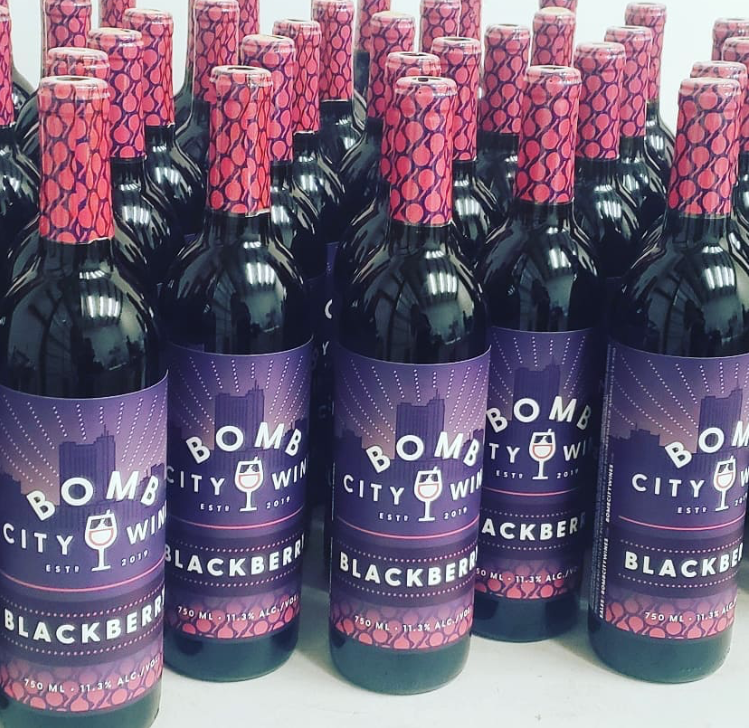
Added tolerance for distilled spirits alcohol statements
The TTB gave distilleries a bit more wiggle room in terms of alcohol content statements. The final rule increased to tolerance up to plus or minus 0.3 percentage points for alcohol contents on distilled spirits labels.
Removal of age statement prohibition for distilled spirits
While the TTB initially proposed that only time spent in the initial oak barrel should count toward the “age” of a distilled spirit, the organization changed course after receiving industry feedback. The TTB now agrees that all the time spent in all oak containers should count towards a label’s age statement.
In addition, the final rule expanded the classes and types of distilled spirits that can make age statements of labels. The TTB acknowledged that other alcoholic products may benefit from such a statement. All distilled spirits may include prohibition of age statements, except for neutral spirits that aren’t deemed grain spirits.
Removal of prohibition of strength terms for malt beverages
In the past, the TTB prohibited malt beverages from making claims of drink strength. That meant any of the following terms were off-limits for labeling purposes unless expressly allowed by state law:
- Strong
- Full strength
- Extra strength
- High test
- High proof
- Pre-war strength
- Full oldtime alcoholic strength
- Usage of numerals, letters, characters, or figures that can be construed as alcohol statements
The final rule effectively ends the prohibition of these terms. Language like “strong” and “full strength” are now allowable as indications of alcohol strength on malt beverage labels. However, the TTB can still block labels that make any false or misleading claims in the future.
Removal of citrus wine class
While the TTB initially created the citrus wine class to streamline regulations, the opposite was true. The standards of identity for both citrus wine the overall fruit wine class are largely the same. The TTB accordingly found the separation of the classes unnecessary and removed the citrus wine class in the final rule. This change means that if you were using citrus wine as a statement of identity, it’s time to switch to fruit wine for your labels.
Allowance for vintage dates on wine imported in bulk
In the past, The TTB only allowed imported wine to bear a vintage date if it’s imported in containers of five liters or less. The final rule offers added labeling flexibility for these situations. As long as the bottler provides appropriate documentation to substantiate a vintage date, it does not matter if the bulk container used to import the wine does not bear a date.
New Rules, Same Dedication to Stunning Alcohol Labels
As alcohol label laws inevitably change, so too must the labels themselves. Bottle labels and can labels play a critical part in attracting new and repeat customers. As such, it’s essential to find the right label printing company to ensure that your beer, wine, and spirits labels are perfect for your products.
At Blue Label, we have the digital printing technology and expertise one hand to help you get the most out of your alcohol labels. We work with you to enhance your design and address potential issues ahead of time to maximize your investment. In the end, we can deliver stunning, eye-catching labels that are perfect for your products and your budget. Contact us today to have Blue Label provide the right labels for your products.
